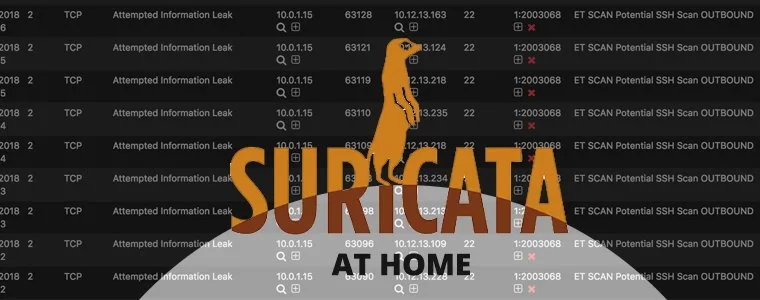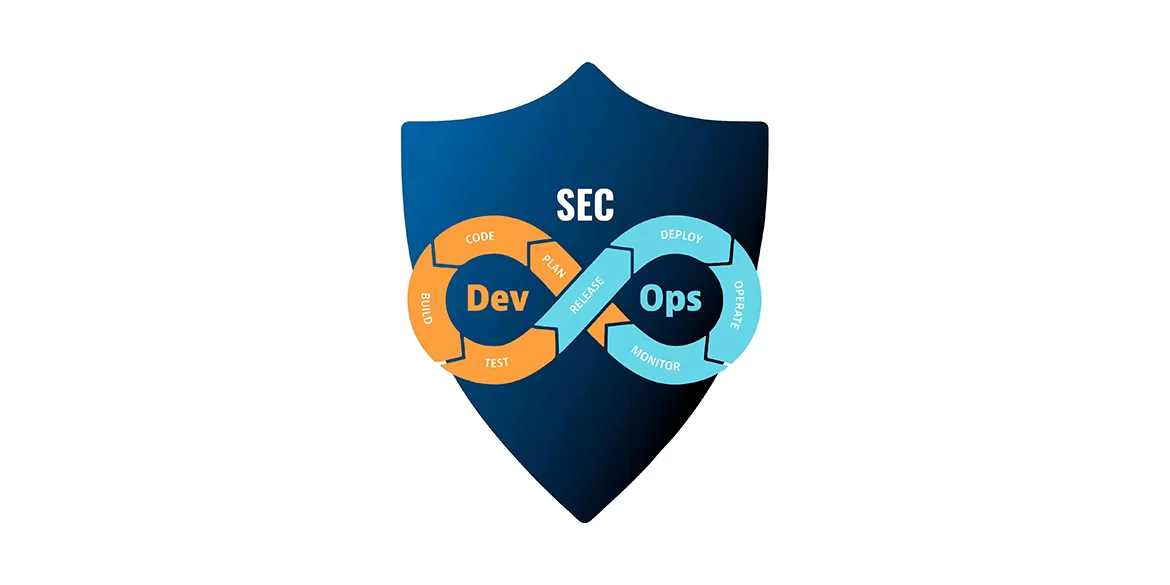Red Team Services Uncover Hidden Threats with Red Teaming
Red Teaming
Our Red Team Assessment is our most advanced and sophisticated attack simulation service. This elite offering combines the most nefarious tactics, techniques, and procedures from our open-source intelligence gathering, social engineering, and penetration testing services into a multi-pronged attack that closely mimics a sophisticated adversarial assault. Designed to test your defenses against the most determined adversaries, our Red Team Assessment provides invaluable insights and actionable recommendations to fortify your organization's security posture. Prepare your team to face real-world threats with the ultimate cybersecurity challenge.
Customized Red Team Assessments
We customize each assessment to your unique environment, leveraging manual processes and custom-developed tools to bypass defenses and uncover vulnerabilities that automated tools might miss.
Comprehensive Attack Simulations
Our Red Teaming services employ advanced tactics, techniques, and procedures to simulate sophisticated adversarial attacks, providing a realistic assessment of your organization’s security defenses.
What are Red Team Exercises?
The concept of red teaming security testing originated from the military as a method to externally evaluate the strengths of its strategies. This approach has been adapted for cybersecurity, complementing penetration testing and ethical hacking. Known as a red team-blue team simulation, this exercise tests security protocols and the responses of IT security personnel.
In the exercise, a red team—often composed of external IT professionals but sometimes including internal employees—acts as malicious hackers attempting to breach the organization’s security defenses.
The blue team, consisting of internal security staff, responds to the red team’s attacks and works to defend the systems. When red and blue teams collaborate, they are referred to as a purple team.
This collaboration is symbiotic: red team activities train blue teams. The advantage of ‘purple teaming’ lies in effective communication, documentation, and education, enabling red teams to help blue teams remediate vulnerabilities and prevent repeating mistakes.
Red team penetration testing is a carefully planned activity, though blue teams are not informed beforehand. This element of surprise is crucial to the red teaming process, setting it apart from standard penetration testing.
Benefits of Red Team Services
Red Team services are designed to detect and contain penetration attempts at an early stage, preventing strategic information theft and corporate system downtime. This is achieved through:
Detection of Transversal Weaknesses
Identifying and addressing broad, cross-functional vulnerabilities within the company.
Enhanced Response Procedures
Improving and strengthening incident response protocols.
Advanced Monitoring Systems
Identifying and resolving vulnerabilities in detection processes and event analysis.
Security Personnel Training
Equipping security teams to effectively respond to real incidents.
These benefits lead to a faster evolution of the defensive team's capabilities, enabling more efficient counteraction of potential threats.
VDA Labs Red Team Penetration Test Methodology
Just like any penetration test, red team operations adhere to a specific and structured methodology designed to thoroughly evaluate and challenge an organization's security defenses. This methodology is comprised of six key stages, each playing a critical role in ensuring a comprehensive assessment of your security posture.
-
1 Reconnaissance
-
Objective
Gather as much information as possible about the target organization.
Activities
This stage involves both passive and active information gathering techniques, such as open-source intelligence (OSINT), social engineering, network scanning, and footprinting. The goal is to collect data on the organization’s infrastructure, employees, and potential vulnerabilities. -
2 Planning and Preparation
-
Objective
Develop a detailed attack plan based on the reconnaissance findings.
Activities
The red team analyzes the collected data to identify potential attack vectors and create a tailored attack strategy. This includes defining objectives, selecting tools and techniques, and establishing rules of engagement. The plan ensures that the operation remains controlled and within agreed-upon boundaries. -
3 Initial Exploitation
-
Objective
Gain initial access to the target’s network or systems.
Activities
Using the information gathered during reconnaissance, the red team attempts to exploit identified vulnerabilities to gain a foothold within the target environment. This can involve techniques such as phishing, exploiting software vulnerabilities, or leveraging weak credentials. -
4 Persistence and Escalation
-
Objective
Maintain access and escalate privileges within the target environment.
Activities
Once initial access is gained, the red team works to establish persistent access and escalate their privileges. This may involve installing backdoors, creating new user accounts, or exploiting additional vulnerabilities to gain higher levels of access and control over the target systems. -
5 Lateral Movement and Data Collection
-
Objective
Move laterally across the network to access critical systems and data.
Activities
The red team navigates through the target environment, using various techniques to move from one system to another. The goal is to reach high-value assets, such as sensitive data, critical infrastructure, or intellectual property. During this stage, the team collects data to demonstrate the potential impact of a successful attack. -
6 Reporting and Remediation
-
Objective
Document findings and provide actionable recommendations to improve security.
Activities
After completing the operation, the red team compiles a comprehensive report detailing the methods used, vulnerabilities exploited, and the overall effectiveness of the organization’s defenses. The report includes actionable recommendations for remediation and improving security posture. Additionally, a debriefing session is conducted with the organization’s security team to discuss the findings and provide further insights.
By following this structured six-stage methodology, red team operations provide a realistic and thorough assessment of an organization’s security defenses. This approach not only identifies vulnerabilities but also demonstrates the potential impact of real-world attacks, enabling organizations to strengthen their security measures and better protect their critical assets.
Why You Need Red Teaming Services for Your Organization
One of the primary reasons organizations need red teaming services is to address common errors that occur during standard penetration testing. These cognitive errors, such as confirmation bias and groupthink, can impair the critical thinking abilities of IT security teams.
As hackers adopt slower, more methodical approaches, it has become increasingly difficult for organizations to recognize and respond to cyber attacks. Instead of launching obvious attacks, hackers exploit security gaps subtly, spending extended periods collecting information and escalating their access within the security infrastructure. This activity often goes undetected until significant damage has been done and sensitive information has been compromised.
While penetration tests can uncover vulnerabilities in an organization’s security posture, red teaming offers a more thorough approach. By emulating the mindset and tactics of a cyber attacker, red team security testing provides a realistic view of potential attack scenarios and their consequences, giving your business a deeper understanding of its security weaknesses and how to address them effectively.
Red Team Scenarios No matter the type of attack, we know how to help
Red Team Scenarios mimic various threat actors, such as remote attackers, malicious employees, or ransomware simulations, among others.
Companies are continually exposed to adversaries that can introduce risks in multiple ways. In this context, our Red Team simulates these threat actors, targeting specific objectives. This approach is what defines a Red Team Scenario.
The table below illustrates potential scenarios to help define the most suitable Red Team exercise for your needs.
Threat Actors
Threat actors are the entities that carry out malicious activities. In Red Teaming scenarios, these are the simulated adversaries designed to mimic real-world attackers. Common types of threat actors include:
- Remote Attacker
- Compromised Third Party or Collaborator
- Malicious Insiders
- Competitors
- Ransomware Operators
- Activists/Terrorists
- Advanced Persistent Threats (APTs)
- Additional Threat Actors as Agreed with Our Clients
Intrusion vectors
Intrusion vectors are the methods or pathways used by threat actors to gain unauthorized access to systems. Common intrusion vectors in Red Teaming scenarios include:
- Exploiting Vulnerabilities
- Social Engineering
- Phishing Attacks
- Password Guessing
- Physical Breaches
- WiFi or Ethernet Attacks
- Remote Access or VPN Exploitation
- Leaked Information (Including User Accounts)
Objectives
Objectives define the goals of the threat actors within a Red Teaming scenario. These objectives are tailored to mimic the intentions of real-world adversaries and test the organization's defenses against specific threats. Common objectives include:
- Privilege Escalation
- Data Exfiltration
- Targeted Compromise (ERP, Treasury, OT, SCADA)
- Deploying Ransomware
- Leaking Sensitive Information
- Leaking, Manipulating, or Sabotaging Products (Software, Patents)
- Service Disruption
- Financial Gain / Forcing Payments
- Additional Objectives as Agreed with Our Clients
By understanding and simulating these components, Red Teaming scenarios provide a realistic assessment of an organization's security posture, helping to identify weaknesses and improve defenses against actual threats.
Cybersecurity Insights
Related Cybersecurity Resources
Book a Consultation

Schedule a free cybersecurity consultation with one of our experts. Your success is our priority—contact our cybersecurity team if you have any questions or if you are in need of a Red Team assessment!









